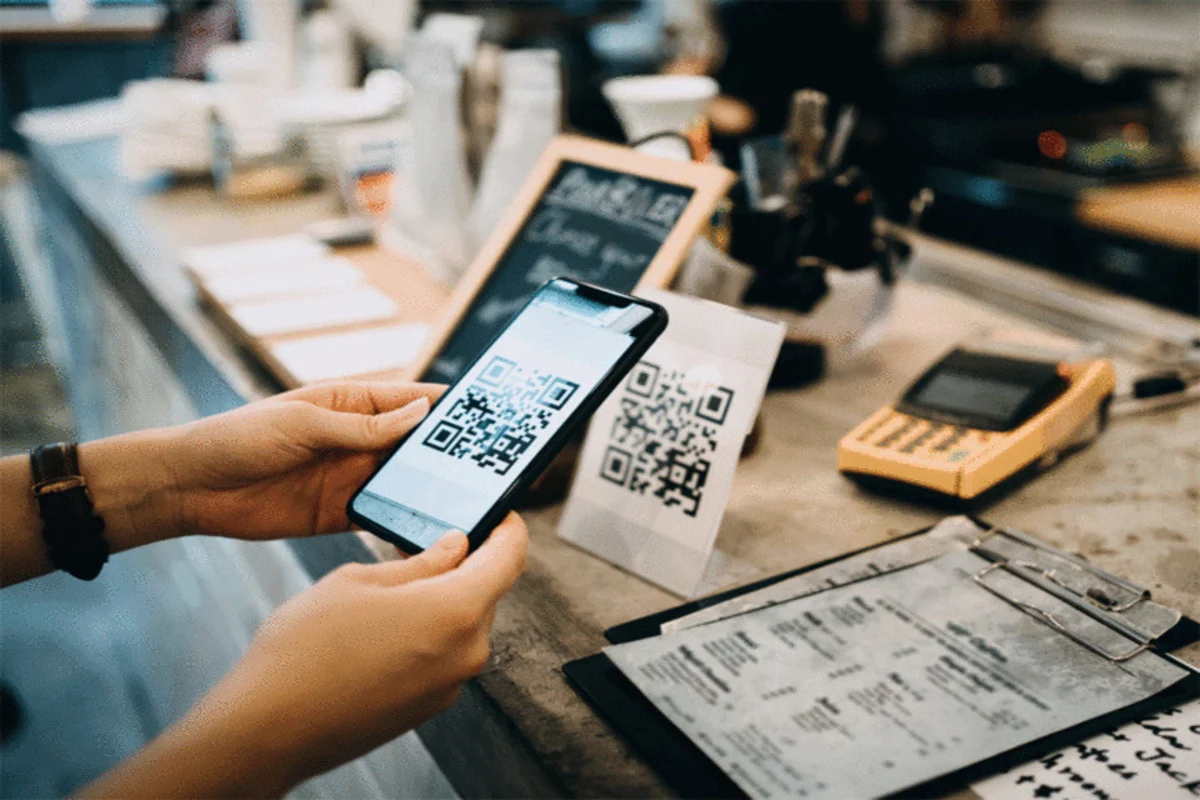
The Reserve Bank of India (RBI) just chose a limited user group digital rupee retail test. Citizens would be able to send and receive payments in cash entirely digitally through a mobile app by using the token-based digital rupee. However, digital transactions already make use of the Unified Payments Interface (UPI). On December 1, 2022, the digital currency's pilot programme became live, covering Mumbai, New Delhi, Bangalore, and Bhubaneswar, as well as four banks: SBI, ICICI, YES Bank, and IDFC. What makes the Reserve Bank's e-rupee different from UPI, then? The key distinctions between e-rupee and UPI are examined here.
UPI vs Digital Rupee
The main distinction between the e-Rupee and UPI is that the e-Rupee is a currency in digital form that enables digital transactions, whereas UPI is a platform through which transactions take place online. Additionally, you can withdraw e-Rupee from your bank account, put it in your phone wallet, and use the money from the wallet at any store, just like you would with actual currency. In contrast, while utilising UPI, you tell your bank to transfer money from your account to the vendor's bank account.
UPI is a payment platform that accepts debit or credit cards, net banking, mobile wallets, and other payment methods. In this sense, utilising an electronic currency like the e-Rupee is similar to using physical money on a mobile device. When we pay in rupees, the money is taken out of your bank. In contrast, in e-Rupee, the amount is deducted directly from your e-Rupee, you have purchased.
This electronic form of sovereign currency is run by the RBI and does not involve any specific handlers, as is the case of UPI transactions. As a result, e-Rupee payments are immediate and direct. Very soon, after the initial testing is done, the RBI would enable more people in the country to experience the e-Rupee.















